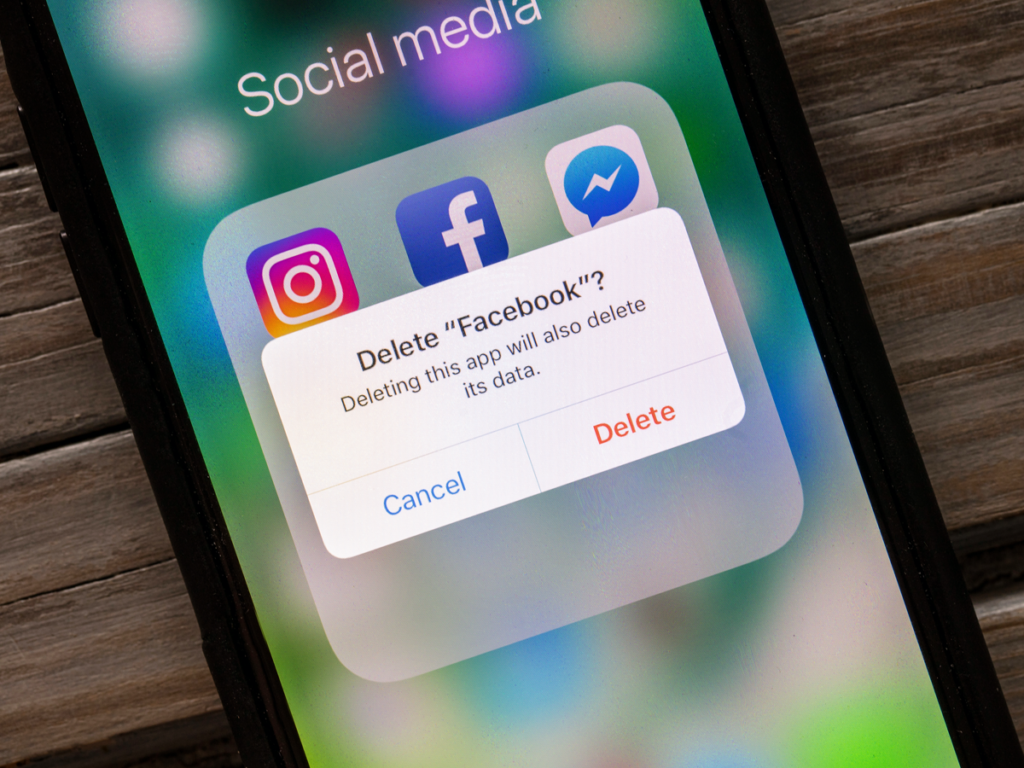Seeing Connected TV Through a Search Marketer Lens
by Jaci Schreckengost
3 Min Read
CES 2024: Stagwell (STGW) and MNTN Announce Partnership in Unified Performance SolutionsLearn More
Uncommon Goods Is the Latest Brand To Trade Social for TV Screens

3 Min Read
Last week we discussed how Facebook’s record outage left businesses in a lurch – and prompted many brands to rethink about putting all of their eggs in the digital platform’s basket. This week another prominent brand is leaving for different, but equally important, reasons – Facebook’s recent issues with measurement and effectiveness tracking.
Uncommon Goods, an online retailer that acts as a competitor to Etsy and sells domestic-made items like jewelry, is no stranger to using a range of advertising channels over its 22 years of operation. As an online-centric business, they also embraced digital platforms like Facebook for years – but this week that changed. Blaming issues with Facebook’s “degradation in performance” and change in reporting metrics, the brand has dropped roughly 80% of its spend in the social media platform and shifted those dollars to a new format: TV. Now the brand, who last year committed 30% of its marketing budget to Facebook and Instagram, is only spending a mere 5%.
For Uncommon Goods, it wasn’t a very difficult decision to make. In an interview with Ad Age, the brand’s chief marketing officer, Brian Hashemi, noted that recent issues with Facebook performance and iOS have “…definitely impacted how much volume we were able to drive through at least in a somewhat efficient manner.” And new features like pulse testing or advertising in specific regions for a few weeks at a time to measure sales in that area aren’t effective for the company either.
While they’re the most vocal critic so far, Uncommon Goods is just the latest direct-to-consumer brand to shift ad budgets away from social media and towards TV advertising. Brands like Peloton and Casper have dialed back on social and embraced CTV in recent years; in the first half of 2021, direct-to-consumer brands spent $27 billion on advertising alone, a 63% increase in their total spend.
Swapping out digital marketing for television might seem like a technologically backward move until you remember how Connected TV operates. Blending the targeting capabilities and performance metrics of digital marketing with the powerful storytelling medium of TV, CTV creates a “best of both worlds” scenario – with higher levels of transparency and feedback than many walled garden digital platforms like Facebook provide. Platforms like MNTN’s Performance TV take things further, with insight down to a network level, real-time metrics, and full integration with Google Analytics to provide additional accountability and transparency.
It’s that marriage of digital and TV that has caused Uncommon Goods to launch a series of 30- and 15-second spots, rather than shifting over to other social media platforms like Pinterest or TikTok. According to Hashemi, “We see some potential for their ad products, but they’re not quite there yet.”
Facebook as an entity is unlikely to go anywhere soon. And for many brands, including small businesses, it’s nearly necessary to have a presence. But as Facebook’s troubles mount, including technological issues, souring public opinion, and now measurement tracking problems, many brands are bound to follow Uncommon Goods’ lead – especially when CTV advertising offers everything Facebook does and more, without the baggage. Or as Hashemi notes, “If we felt differently about Facebook as a company, we might be putting more effort into making it work.”